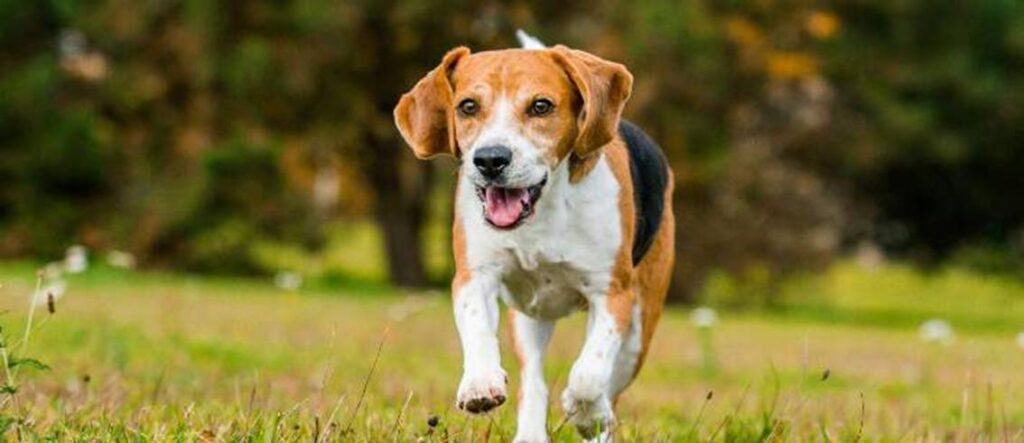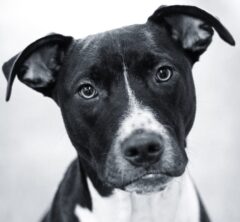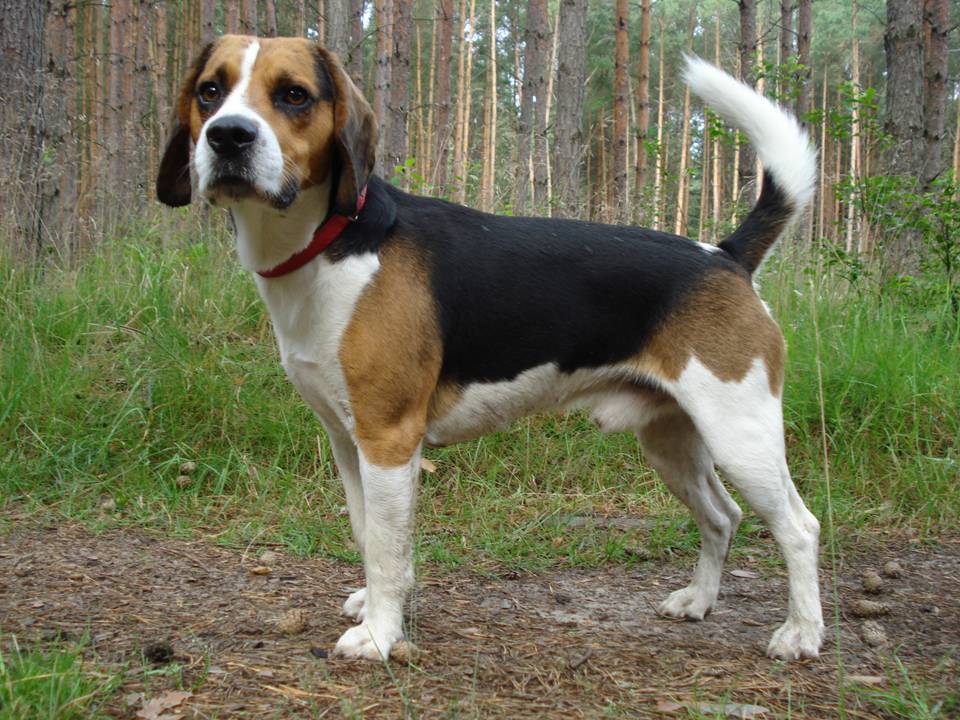The Beagle Dog with a Rich History that Spans Centuries
The Beagle dog is one of the most popular and recognizable dog breeds in the world. With a rich history that spans centuries, Beagles are known for their keen sense of smell, endearing appearance, and friendly nature. These dogs have served as both hunting companions and beloved pets for hundreds of years. Their story is one of evolution, utility, and companionship, beginning long before they became the household pets we know today.
Ancient Origins and Early Development
The Beagle’s history dates back to ancient times. While its exact origins remain unclear, the breed’s ancestors likely trace back to small hounds used for hunting in ancient Greece around the 5th century BCE. These hounds had exceptional tracking abilities, relying on scent to follow game. They are believed to be the ancestors of several modern scent-hound breeds, including the Beagle.
From Greece, these hounds likely travelled to the Roman Empire. The Romans refined them further for hunting and brought them to Britain during their occupation. This introduction to the British Isles laid the foundation for the development of the modern Beagle dog.
By the Middle Ages, small hounds used for hunting hare were common in England. People often called them “beagles.” The name “Beagle” may come from the Old English word “beag,” meaning small, or the French word “begueule,” meaning open throat, referring to their distinctive bark or bay.
Development in Britain: The Beagle of Elizabethan Times
During the reign of Queen Elizabeth I in the 16th century, Beagles gained popularity. A miniature version, known as the “Pocket Beagle,” stood less than 9 inches tall. These tiny dogs were small enough to fit in a saddlebag or pocket. Royalty favoured them for their portability and ability to hunt small game like rabbits.
While Pocket Beagles served as lapdogs or companions for the nobility, larger Beagles worked as hunting dogs. Their incredible sense of smell and stamina made them ideal for trailing hares in a
style of hunting called “beagling.” Hunters released Beagles in packs, and the dogs tracked the scent of the hare. Their distinctive baying helped hunters follow the chase, even when the dogs were out of sight.
By the 18th century, the Beagle’s numbers began to decline. Foxhounds and other larger hunting dogs became more popular for hunting larger game like foxes and deer. However, small hounds, including the Beagle, remained popular among hunters of modest means, especially for smaller game.
Revival in the 19th Century: The Modern Beagle Takes Shape
The Beagle experienced a resurgence in the mid-19th century, thanks to English breeders who worked to revive and standardize the breed. Rev. Phillip Honeywood played a key role in this revival. In the 1830s, he established a Beagle breeding program focused on hunting ability rather than uniform appearance.
Later breeders refined Honeywood’s hounds, emphasizing both tracking skills and a more uniform appearance. Thomas Johnson, another influential breeder, improved the Beagle’s conformation and appearance. His work led to two primary types of Beagles: one with a smooth coat and another with a rougher coat. The smooth-coated variety eventually became more popular.
During this time, Beagles gained recognition at dog shows, and the breed standard began to take shape. The Beagle Club was founded in England in 1890, and the breed soon gained international recognition.

The Beagle in America
The Beagle dog arrived in America after the Civil War. American breeders imported Beagles from England to improve local hunting dogs. The breed’s popularity grew quickly in the United States. In 1885, the American Kennel Club (AKC) officially recognized the Beagle.
American breeders further refined the Beagle, focusing on its conformation, hunting ability, and temperament. By the early 20th century, Beagles had become a favourite among rabbit hunters in the U.S. Hunters valued them for their endurance, ability to follow scent trails, and friendly, non-aggressive nature.
The Beagle as a Companion Dog
Although people bred Beagles primarily as hunting dogs, their affectionate and friendly personalities made them popular as family pets. Their small to medium size, gentle nature, and playful demeanour made them ideal companions, especially for families with children. Beagles are excellent with kids and other animals, which further boosted their reputation as household pets.
Today, Beagles remain popular due to their versatility. They serve as hunting dogs, family pets, and even detection dogs for customs and border protection agencies, thanks to their incredible sense of smell. The Beagle consistently ranks among the top dog breeds in the United States and around the world.
Conclusion
The Beagle has a long and fascinating history. From its ancient roots as a hunting dog in Greece and Rome to its modern role as a family pet and working dog, the Beagle has proven to be a versatile and enduring breed. Its keen nose, friendly temperament, and widespread popularity ensure that the Beagle’s story will continue for many years to come.


